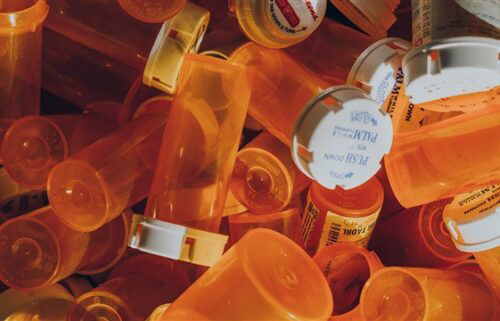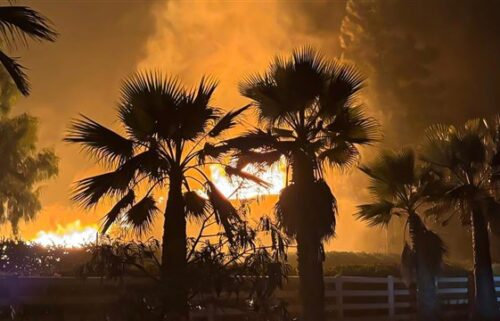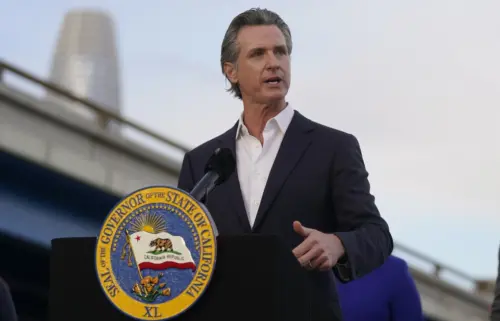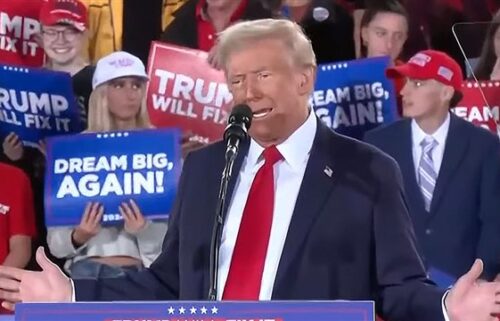Takeaways from AP report on how the search for the coronavirus origins turned toxic
By DAKE KANG and MARIA CHENG
Associated Press
BEIJING (AP) — The Chinese government froze meaningful efforts to trace the origins of the coronavirus pandemic, despite publicly declaring it supported an open scientific inquiry, an Associated Press investigation has found.
The AP drew on thousands of pages of undisclosed emails and documents, leaked recordings, and dozens of interviews that showed the freeze began far earlier than previously known — in the first weeks of the outbreak — and involved political and scientific infighting in China as much as international finger-pointing.
Crucial initial efforts were hindered by bureaucrats in Wuhan trying to avoid blame who misled the central government; the central government, which silenced Chinese scientists and subjected visiting U.N. officials to stage-managed tours; and the World Health Organization itself, which may have compromised early opportunities to gather critical information, according to internal materials obtained by AP.
SECRECY FROM THE START
Secrecy clouds the beginning of the COVID-19 outbreak. Even the date when Chinese authorities first started searching for the virus’ origins is unclear. The first publicly known search for the coronavirus took place on Dec. 31, 2019, when Chinese Center for Disease Control scientists visited the Wuhan market where many early COVID-19 cases surfaced.
But WHO officials heard of an earlier inspection of the market on Dec. 25, 2019, according to a recording of a confidential WHO meeting provided to the AP. In the recording, WHO’s top virus expert, Peter Ben Embarek, told colleagues that Chinese officials that day were “looking at what was on sale in the market, whether all the vendors have licenses (and) if there was any illegal (wildlife) trade.”
Ben Embarek said the probe was “not routine” and WHO would “try to figure out what happened.” Such a probe has never been publicly mentioned by Chinese authorities or WHO.
WHO said in an email that it was “not aware” of any investigation on Dec. 25, 2019. Other experts said any visit to the market that day would be significant, especially if animal samples were taken because they could be critical evidence of how COVID-19 jumped to humans.
PUNISHING SCIENTISTS
Zhang Yongzhen was the first scientist to publish a sequence of the COVID-19 virus. One day after he wrote a memo urging health authorities to act quickly, China’s top health official ordered his lab closed.
“They used their official power against me and our colleagues,” Zhang wrote in an email provided to AP by Edward Holmes, an Australian virologist.
Among Chinese doctors and scientists, the sense grew that Beijing was hunting for a scapegoat. The government opened investigations into top health officials, according to two former and current China CDC staff and three others familiar with the matter. China CDC staff were encouraged to report colleagues who mishandled the outbreak to the Communist Party’s disciplinary bodies, according to two of the people.
As criticism of China grew, the Chinese government deflected blame. Instead of firing health officials, they declared their virus response a success and closed investigations into the officials with few job losses.
“There were no real reforms, because doing reforms means admitting fault,” said a public health expert in contact with top Chinese health officials who asked that he not be identified because of the sensitivity of the matter.
POLITICIANS TOOK CONTROL
Early on, Chinese scientists were silenced and politicians took control.
As WHO negotiated with China for a mission to investigate COVID-19 in early 2020, it was China’s Foreign Ministry, not scientists, that decided the terms. China refused a visa for WHO’s Ben Embarek, then the agency’s top animal virus expert. The itinerary dropped nearly all the items linked to an origins search, according to draft agendas obtained by AP.
Taking charge of the WHO visit was Liang Wannian, an epidemiologist close to top Chinese officials who was widely seen as pushing the party line, not science-backed policies, according to nine people familiar with the situation who declined to be named due to the sensitivity of the matter. Liang also ordered the Wuhan market disinfected before samples could be collected and promoted an implausible theory that COVID-19 originated from frozen food imported into China.
On a train ride with Dr. Bruce Aylward, a senior adviser to WHO chief Tedros Adhanom Ghebreyesus, Liang lobbied the U.N. agency to praise China’s response in its public report. The new section was so flattering that colleagues emailed Aylward to suggest he “dial it back a bit.”
TOXIC ATMOSPHERE
By the time WHO led another visit to Wuhan in January 2021, the origins hunt had become highly politicized. Liang, the Chinese official in charge of two earlier WHO visits, organized market workers to tell WHO experts no live wildlife was sold and cut recent photos of wildlife at the market from the report.
The WHO team concluded a lab leak was “extremely unlikely.” Months later, WHO chief Tedros said it was “premature” to dismiss the lab leak theory and pressed China to be more transparent, infuriating Chinese officials
China told WHO any future missions to find the origins of COVID-19 should be elsewhere, according to a letter obtained by AP. Since then, global cooperation has ground to a halt.
Chinese scientists are still under heavy pressure, according to 10 researchers, medical experts and health officials. Researchers who published papers on the coronavirus ran into trouble with Chinese authorities. Others were barred from travel abroad for conferences and WHO meetings.
The head of the China CDC Institute of Viral Disease was forced to retire over the release of sensitive market data, according to a former China CDC official who declined to be named, fearing repercussions.
“It has to do with the origins, so they’re still worried,” the official said. “If you try and get to the bottom of it, what if it turns out to be from China?”
___
Cheng reported from Geneva.



